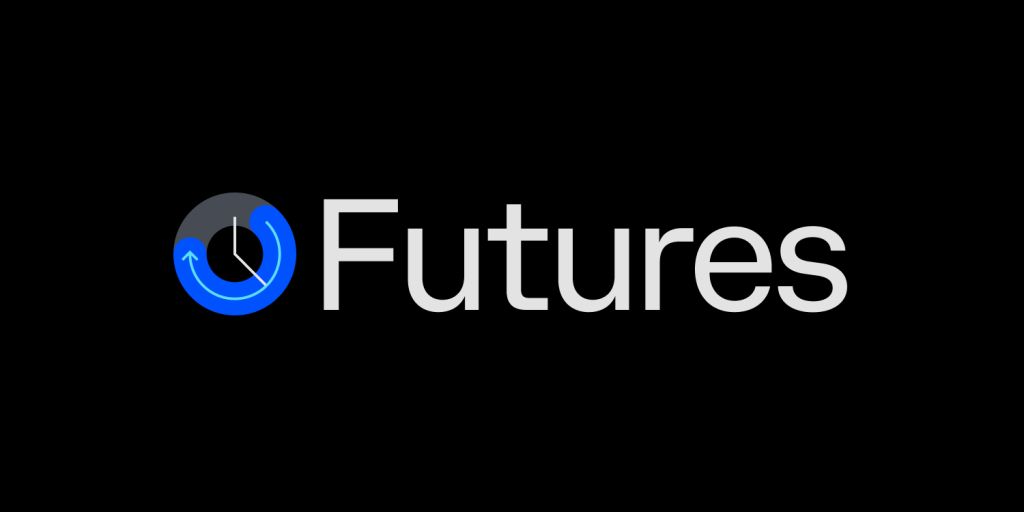Unlocking Profit Potential: A Comprehensive Guide to Bloomberg Futures Trading

In the fast-paced world of finance, mastering the art of futures trading can unlock immense profit potential for savvy investors. Bloomberg Futures Trading offers a powerful platform that leverages real-time data and analytics, empowering traders to make informed decisions with precision. But navigating this dynamic landscape can be daunting, especially for newcomers.
This comprehensive guide demystifies the complexities of futures trading, combining essential strategies, market insights, and practical tips to enhance your trading prowess. Whether you’re looking to hedge against risks or speculate on price movements, understanding the intricacies of Bloomberg Futures can set you on the path to success. Join us as we explore the tools and techniques that will elevate your trading game and maximize your returns. Get ready to unlock unparalleled opportunities and navigate the futures market with confidence!
Understanding Bloomberg Terminal and Its Features
The Bloomberg Terminal is a cornerstone of modern finance, offering unparalleled access to real-time data, analytics, and trading tools. Launched in 1982, it revolutionized financial markets by digitizing market transparency and remains indispensable for professionals today. Key features include:
Real-time market data: Track global equities, bonds, currencies, and commodities with millisecond latency.
News & research: Integrate insights from Bloomberg News, Reuters, and proprietary research via tools like *Bloomberg Intelligence (BI)*.
Analytics: Use functions like *DRSK* (default risk analysis) and *SPLC* (supply chain mapping) for deep asset analysis.
Multi-asset execution: Trade equities, derivatives, and cryptocurrencies through integrated platforms.
Collaboration: Connect with 350,000+ professionals via *Instant Bloomberg (IB)* chat and mobile apps.
Types of Futures Contracts: An Overview
Futures contracts are agreements to buy/sell assets at predetermined prices and dates. Major categories include:
1. Commodity futures: Trade oil, gold, or agricultural products (e.g., NYMEX crude oil)。
2. Equity index futures: Speculate on benchmarks like S&P 500 or Nasdaq-100.
3. Interest rate futures: Hedge or trade rates via Treasury bonds or Eurodollar contracts.
4. Currency futures: Manage forex exposure (e.g., EUR/USD)。
5. Perpetual contracts: Cryptocurrency derivatives without expiry dates, popular on platforms like Binance.
The Importance of Market Analysis in Futures Trading
Effective analysis combines technical and fundamental methods:
Technical analysis: Use Bloomberg’s charting tools (e.g., *GMM* for global market moves) to identify trends and patterns.
Fundamental analysis: Leverage BI’s economic forecasts and earnings reports to assess asset valuations.
Sentiment analysis: Monitor social media and news trends via Bloomberg’s *News Analytics* to gauge market emotions.
Strategies for Successful bloomberg futures Trading
Top strategies include:
1. Trend following: Ride momentum using moving averages and Bollinger Bands on Bloomberg charts.
2. Spread trading: Profit from price gaps between related contracts (e.g., calendar spreads)。
3. Arbitrage: Exploit price discrepancies across markets using Bloomberg’s cross-asset alerts.
4. Event-driven trading: Capitalize on earnings announcements or geopolitical shifts tracked via *Bloomberg News*.
Risk Management Techniques in Futures Trading
Mitigate risks with these practices:
Stop-loss orders: Automatically exit losing positions (e.g., set at 2% below entry)。
Position sizing: Limit exposure to 1-5% of capital per trade.
Diversification: Spread investments across asset classes (e.g., combine oil futures with bond futures)。
Stress testing: Use Bloomberg’s *Risk & Portfolio Analytics* to simulate worst-case scenarios.
How to Use Bloomberg for Real-Time Trading Decisions
Bloomberg streamlines decision-making through:
Live dashboards: Customize *Bloomberg Launchpad* to monitor key assets and indices.
Alerts: Set price triggers (e.g., “alert when Bitcoin hits $70K”) via *Bloomberg Mobile App*.
Technical tools: Apply RSI or MACD indicators directly on price charts.
Execution: Route orders seamlessly to exchanges or dark pools using *EMSX*.
Common Mistakes to Avoid in bloomberg futures Trading
Avoid these pitfalls:
Over-leveraging: High leverage (e.g., 10:1) amplifies losses—start with 2:1 ratios.
Ignoring news: Missed Fed rate updates or supply chain disruptions (tracked via *SPLC*) can derail trades.
Emotional trading: Stick to pre-defined plans instead of chasing losses.
Neglecting fees: Bloomberg’s $24,000/year cost justifies institutional use but may strain retail traders.
Resources for Continuous Learning in Futures Trading
Enhance skills with:
Bloomberg Education: Access tutorials like *Terminal Essentials* and webinars.
Simulators: Practice risk-free with Bloomberg’s paper trading accounts.
Communities: Join forums like r/Commodities or Bloomberg’s *IB chatrooms*.
Certifications: Pursue CFA or CMT designations to deepen expertise.
Conclusion: Maximizing Your Profit Potential with Bloomberg Futures Trading
The Bloomberg Terminal empowers traders with data depth, speed, and analytical rigor unmatched by retail platforms. By mastering futures strategies—from trend following to arbitrage—and adhering to strict risk protocols, investors can capitalize on volatility while minimizing downside. Pair these tools with continuous learning and disciplined execution to unlock long-term success. As markets evolve, Bloomberg’s ecosystem remains a vital ally in navigating the $1.8 trillion derivatives landscape.